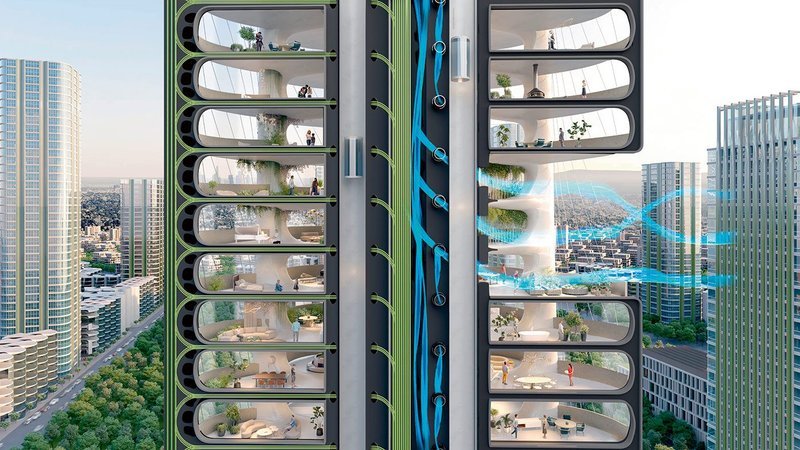Bhutan is setting a new global standard for sustainability with the creation of Gelephu Mindfulness City (GMC), a groundbreaking initiative that blends economic growth with environmental consciousness and spiritual well-being.
A Vision for the Future
Under the leadership of King Jigme Khesar Namgyel Wangchuck, Bhutan is embarking on an ambitious project to develop the world’s first carbon-negative city. GMC, strategically located near the Indian border, will span approximately 1,000 square kilometers—an area larger than Singapore. This special administrative region will operate with a degree of autonomy, overseen by a dedicated team of international experts rather than the national government.
The city’s development aligns with Bhutan’s long-standing commitment to sustainability, integrating traditional Bhutanese architecture with modern innovations. The city will prioritize renewable energy, green infrastructure, and mindfulness, reflecting the nation’s unique approach to progress.
Sustainable Infrastructure and Design
GMC will be built using environmentally friendly technologies, aiming for a minimal carbon footprint. Renewable energy sources, including solar and hydroelectric power, will support the city’s infrastructure. Green buildings, energy-efficient public transport, and extensive green spaces will further reinforce Bhutan’s commitment to sustainability.
A key component of the project is the development of Gelephu International Airport, which is designed to facilitate international trade and tourism while adhering to strict environmental guidelines. The airport, designed by Bjarke Ingels Group (BIG), will incorporate sustainable materials and cutting-edge eco-friendly technology.
Gelephu International Airport: A Gateway to Sustainability
Located in Bhutan’s Sarpang district, Gelephu International Airport is poised to become the country’s second international gateway after Paro Airport. The 65,000-square-meter terminal will be equipped to handle up to 123 flights daily, with projected passenger traffic reaching 5.5 million by 2065.
The airport’s architectural design draws inspiration from Bhutan’s Himalayan landscape, seamlessly integrating with the surrounding subtropical forests and mountains. Locally sourced Glulam (glued laminated timber) will be used to construct the airport’s timber framework, combining sustainability with traditional Bhutanese craftsmanship.
Innovative and Eco-Friendly Features
Gelephu International Airport’s design incorporates various sustainability-focused elements:
- Climate-responsive architecture: Ventilated roofs, overhanging eaves, and interior courtyards will optimize natural airflow, reducing the need for artificial cooling.
- Solar panel integration: Rooftop solar panels will generate clean energy, reducing the airport’s carbon footprint.
- Mindfulness spaces: Dedicated areas for meditation and yoga will enhance passenger well-being.
- Natural aesthetics: Floor-to-ceiling windows, skylights, and a “Forest Spine” courtyard will provide ample natural light and a connection to nature.
The airport will also showcase Bhutan’s rich cultural heritage, incorporating traditional wood carvings and decorative elements. Craftsmen will use techniques like Shing-Zo (carpentry), Par-Zo (wood carving), and Lha-Zo (painting) to preserve Bhutan’s artistic legacy.
Bhutan’s Commitment to Gross National Happiness
The development of GMC and Gelephu International Airport aligns with Bhutan’s philosophy of Gross National Happiness (GNH), which prioritizes well-being, environmental conservation, and cultural preservation. By creating a carbon-negative city, Bhutan reinforces its global leadership in sustainability and sets a precedent for future urban development worldwide.
This pioneering initiative is expected to attract international businesses, eco-conscious travelers, and researchers interested in sustainable urban planning. With a focus on green technology, cultural heritage, and mindfulness, Gelephu Mindfulness City could serve as a model for sustainable living in the 21st century.
As Bhutan takes this bold step forward, the world watches closely, anticipating how this innovative city will redefine modern urban development.

